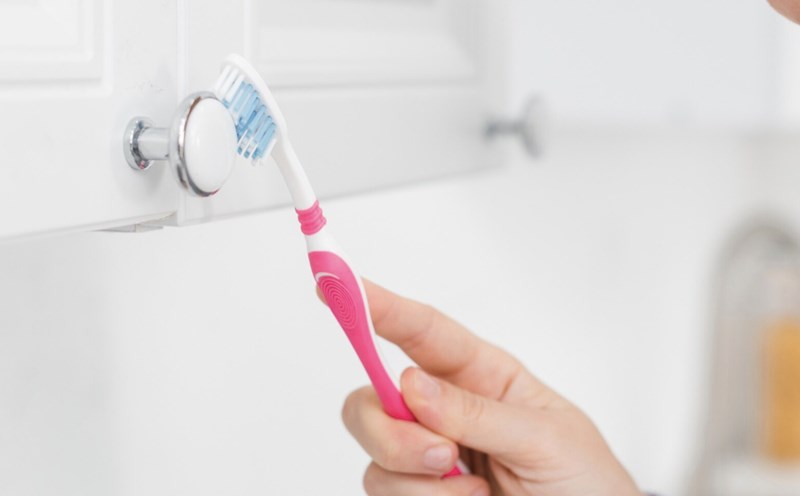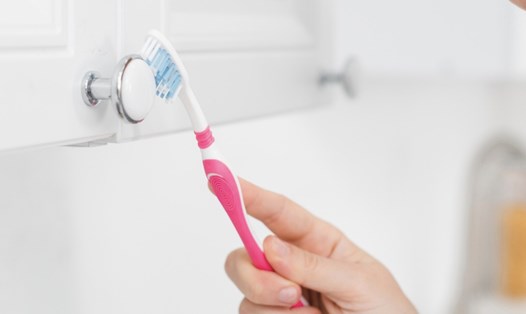What does tooth color reflect about your health?
Not only does it affect aesthetics, tooth color can also reflect your overall health. In some cases, tooth color changes can be an early warning sign of problems such as liver disease, diabetes, eating disorders or genetics. Understanding the right causes of tooth discoloration will help you take care of your oral and body health more comprehensively, according to Onlymyhealth.
Tooth color can warn of many potential health problems
According to Dr. Bipin Upadhyay, a dental and orthodental specialist at KJ Somaiya Hospital (Mumbai, India), healthy teeth often have natural bright white or slightly gray skin. However, unusual changes in color can stem from many causes, not only due to poor oral hygiene but also related to diseases inside the body.
liver disease: Diseases such as hepatitis and cirrhosis can cause teeth and gums to turn gray or light blue. The reason is that the liver has a decreased function of processing bile pigmentation, leading to accumulation and affecting the color of the mouth area.
Diabetes: People with diabetes are susceptible to gingivitis, tooth decay, and mouth infections due to high blood sugar. Teeth are often stained with yellowing and have poor chance of gums recovering if not properly cared for.
Genetic disorders: Some diseases such asronged tooth decay or tooth enzyme disorders cause teeth to turn gray, blurred or stained. This is a congenital condition and requires dental intervention.
Side effects of drugs or chronic infections: People with eating disorders such as anorexia are prone to vomiting, causing tooth repeated contact with stomach acid. This will erode tooth enamel over time, exposing the yellow tooth enamel layer below, making teeth look yellow, worn and prone to sagging.
Eating disorders: People with eating disorders such as anorexia are prone to vomiting, causing repeated exposure to stomach acid. This will erode tooth enamel over time, exposing the yellow tooth enamel layer below, making teeth look yellow, worn and prone to sagging.
Daily habits for changing tooth colors
In addition to medical causes, most cases of tooth discoloration come from unhealthy living habits:
Smoking or using chewing tobacco
Drink plenty of tea, coffee, red wine
Consume dark soft drinks
Poor oral hygiene
No periodic dental check-ups
When should you see your dentist or doctor?
You should see your dentist if you notice:
Sudden or unusual changes in color
Irregular color changes in many teeth
Teeth accompanied by symptoms such as jaundice, fatigue, vomiting, mouth ulcers, headaches or strange breathing
In these cases, the dentist can be the first to detect signs of a systemic disease. If you are suspicious, they will recommend that you do additional tests or see a specialist for an accurate diagnosis.









